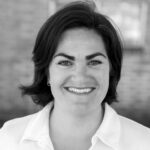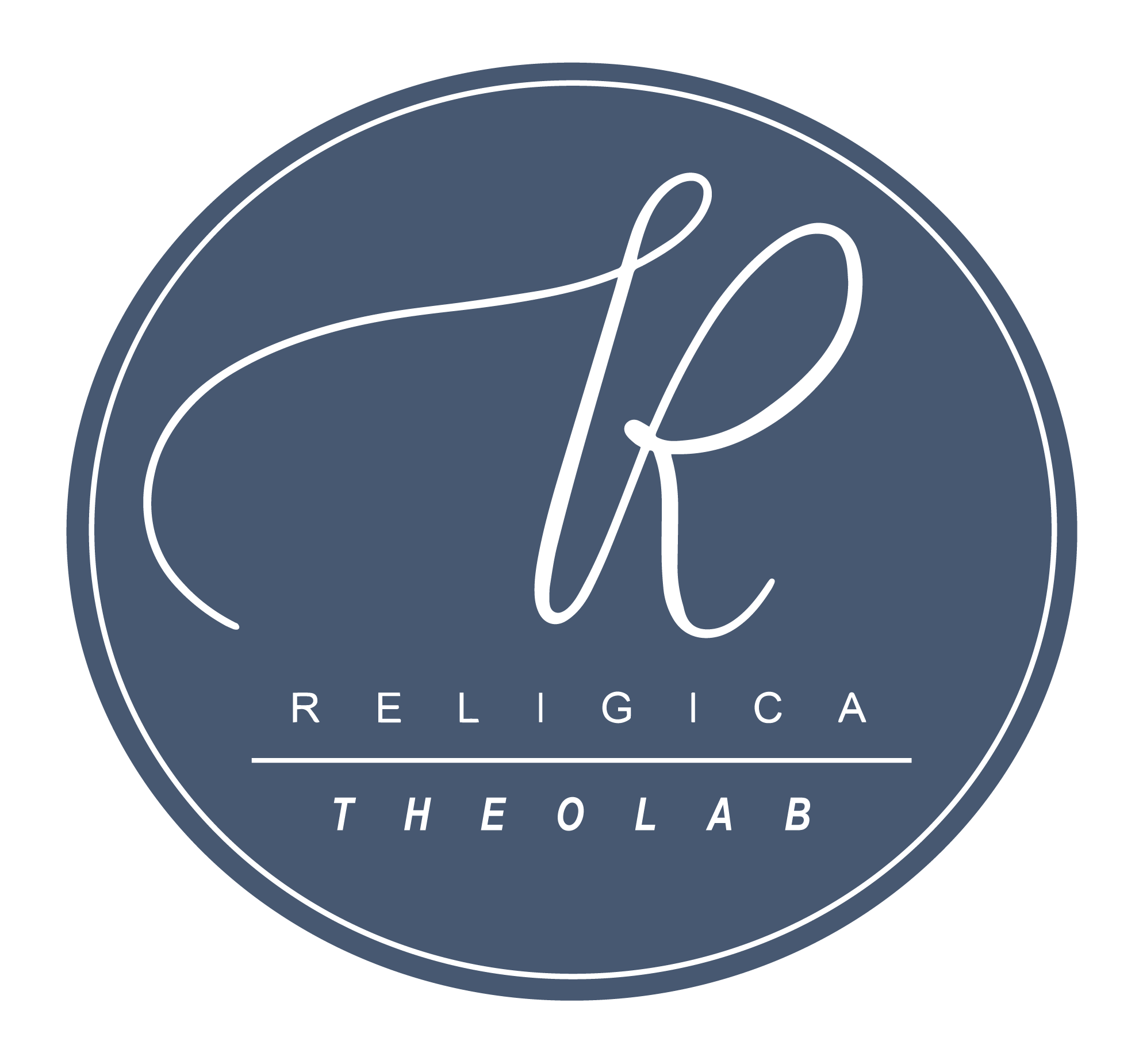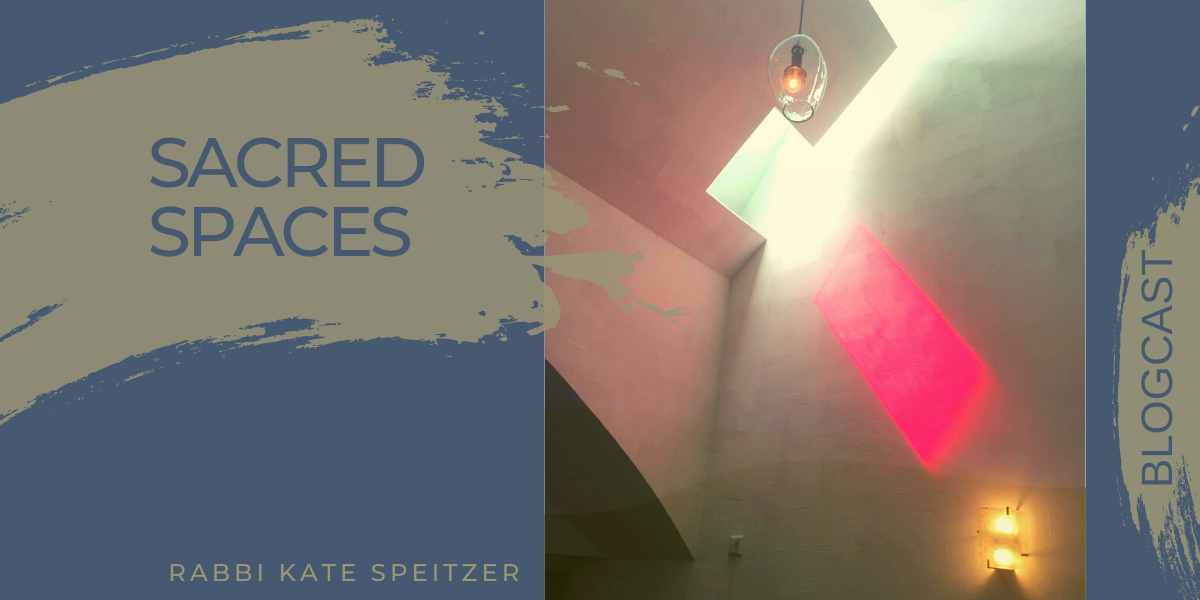Listen to this BlogCast
 Rabbi Kate Speizer loves to make Jewish living and learning accessible for individuals through community and connection. Jewish values are the anchor within the work she pursues as a teacher, parent, partner, and friend. Upon ordination at the Hebrew Union College-Jewish Institute of Religion in 2008, Rabbi Speizer served as Campus Rabbi at Cornell University before joining Temple De Hirsch Sinai in 2013. Born and raised in Northern California, she is at home here in the Pacific Northwest where she resides with her husband, Ilan, and their two children.
Rabbi Kate Speizer loves to make Jewish living and learning accessible for individuals through community and connection. Jewish values are the anchor within the work she pursues as a teacher, parent, partner, and friend. Upon ordination at the Hebrew Union College-Jewish Institute of Religion in 2008, Rabbi Speizer served as Campus Rabbi at Cornell University before joining Temple De Hirsch Sinai in 2013. Born and raised in Northern California, she is at home here in the Pacific Northwest where she resides with her husband, Ilan, and their two children.
Read this BlogCast
“I’m Rabbi Kate Speizer and I’m casting a blog to you titled “The Sacred Surprises of Virtual Worship.”
My teacher Rabbi Richard Levy, of blessed memory, taught that when something is sacred it has been set apart. The Sabbath, for example, is sacred because it is set apart from the busyness of the creating we do during the workweek.
The Hebrew word for sacred is קָדוֹשׁ kadosh. The same root letters are used in the Hebrew word for marriage, קִדוּשִׁין kiddushin. In the act of marriage, what do we set apart and make sacred? The one we love. The one who is like no other in our orbit.
Through this lens of understanding sacredness, it follows that we must be actively engaged with time, space, or the other for it to be sacred. It is through our various senses that we become aware of the differentiation between the ordinary and the holy.
It is now February of 2021 as I reflect upon what it means for something, someplace, or someone to be sacred. Next month will mark one year since Covid shut things down here in Seattle. Soon it will be a full 12 months since we’ve gathered in our “sacred spaces” at Temple De Hirsch Sinai. Does that mean we’ve stopped worshipping together as we celebrate the Sabbath each week? Does that mean weddings have ceased? Has a pandemic prevented us from experiencing the Sacred? Absolutely not!
We quickly turned to technology to see if we might worship together from our homes. We didn’t know what to expect but jumped into the possibilities, hoping for the best. These many months later the physically distanced connection among congregants has created more sacred moments than likely would have taken place if we’d been all together under one roof. The result has been an expansion in where and how our community experiences קָדוֹשׁ Kadosh, the Sacred. Congregants are including more loved ones in their lifecycle events who previously would have been excluded due to prohibitive travel or health measures preventing being in a crowd. We have congregants who moved away from the Seattle area re-connecting for prayer, study, celebration, and loss. Practical matters like traffic, meetings, wardrobe expectation, or an introvert’s embrace of solitude and less social interaction are no longer a stumbling block to participation.
This has brought me to a place where at once I can find myself longing for our return to gather in the Seattle Chapel, the Bellevue Sanctuary, and the fields of Luther Burbank Park while also wanting to preserve the possibility for more sacred surprises like the ones we created in 2020. I pray that we emerge from this time remembering that sacredness awaits us beyond particular places or appointed times.


